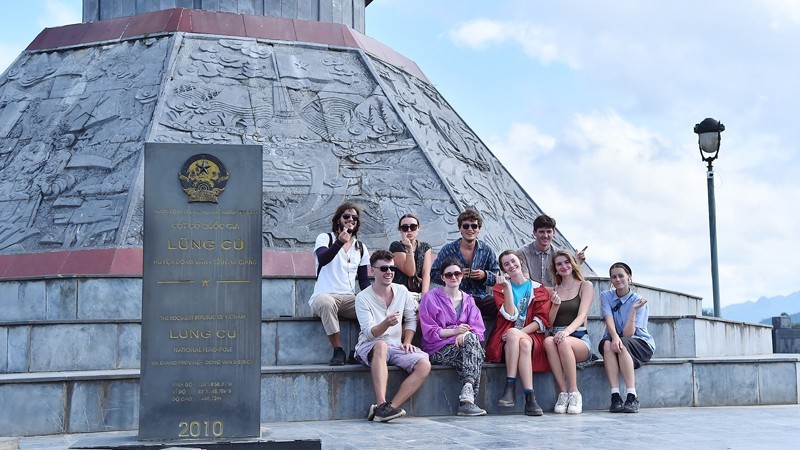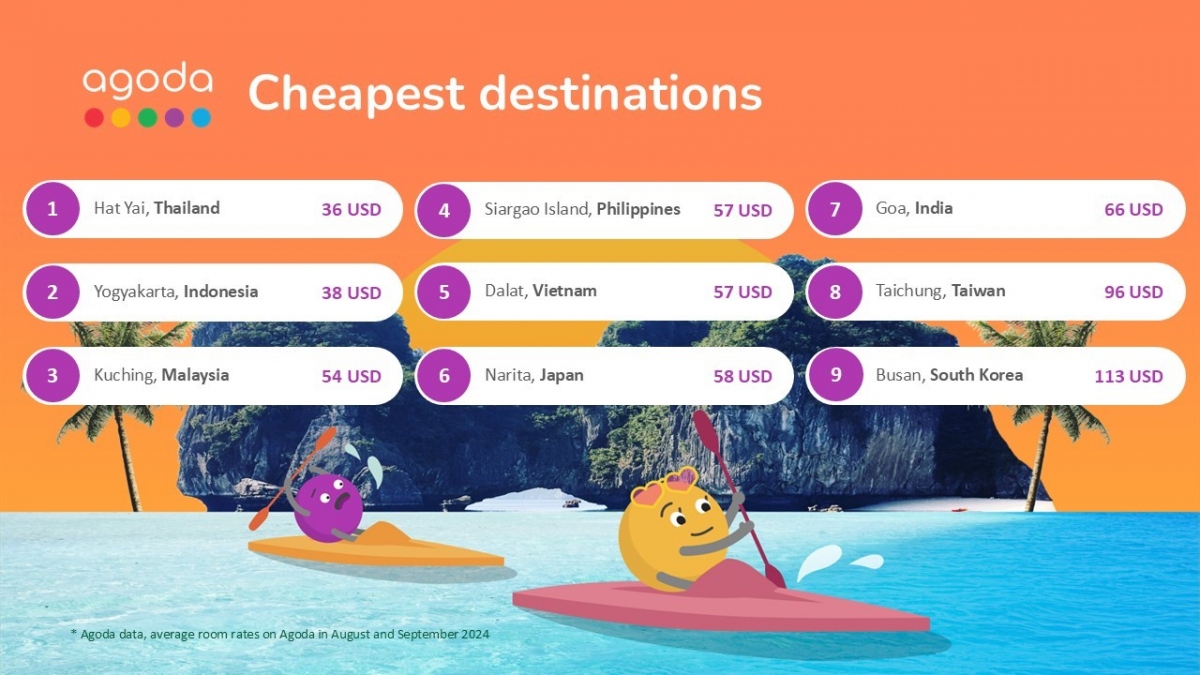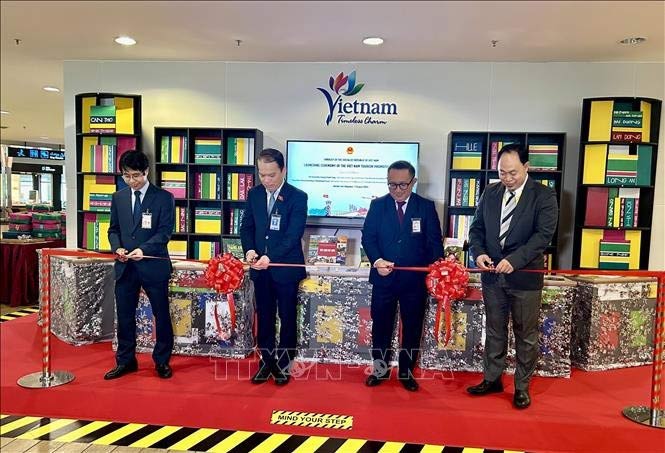Vietnam welcomed nearly 6.6 million international visitors in the first seven months of this year, accounting for 83% of the yearly target, according to Vietnam National Authority of Tourism (VNAT).
 |
| Vietnam welcomes 6.6 million international visitors in seven months (Photo: NDO) |
During the period, the industry also served 76.5 million domestic tourists. Total revenues from tourism reached 416.6 trillion VND (17.58 billion USD).
July alone saw over 1 million foreign arrivals, 6.5% higher than that of the previous month.
According to VNAT, the tourism sector expects to soon reach its yearly target as the second half of the year is usually the peak time for international visitors.
The RoK remained the largest source market of Vietnam tourism in the first seven months of this year with 1.9 million arrivals, accounting for one-third of total international visitors to Vietnam. It was followed by China and the US.
Among the top ten source markets of Vietnam tourism, four are in Northeast Asia - the RoK, China, Taiwan (China), and Japan, and three in Southeast Asia - Thailand, Malaysia, and Cambodia. Australia and India ranked ninth and tenth. In Europe, the UK, France, and Germany were the three biggest source markets.
Many main source markets for tourists in Vietnam saw growth in July, such as Taiwan (31.3%), Japan (15%), China (14%), the US (7%) and the RoK (6%).
According to the World Tourism Organisation (UNWTO), global tourist arrivals will recover to pre-COVID-19 levels by 2024 at the earliest. The increasing number of tourists, together with changes in consumption trends, tourism markets and digital technology, poses significant challenges to tourism human resources in the new situation.
According to VNAT, with the current growth rate, the country’s tourism industry needs 40,000 new employees each year while 25,000 employees need to be retrained. Meanwhile, local schools only train 20,000 students yearly. The number of professionally trainedtourism workers accounts for only 43% of the total workforce in the industry and nearly half of them do not know foreign languages.
In addition, the quality and productivity of Vietnamese workers in the tourism and hotel industries remain low. Vietnamese tourism workers now have to compete with guest workers from the Philippines, Thailand, Indonesia, and Singapore, thus improving the quality of human resources is a must for Vietnam in the coming time.














